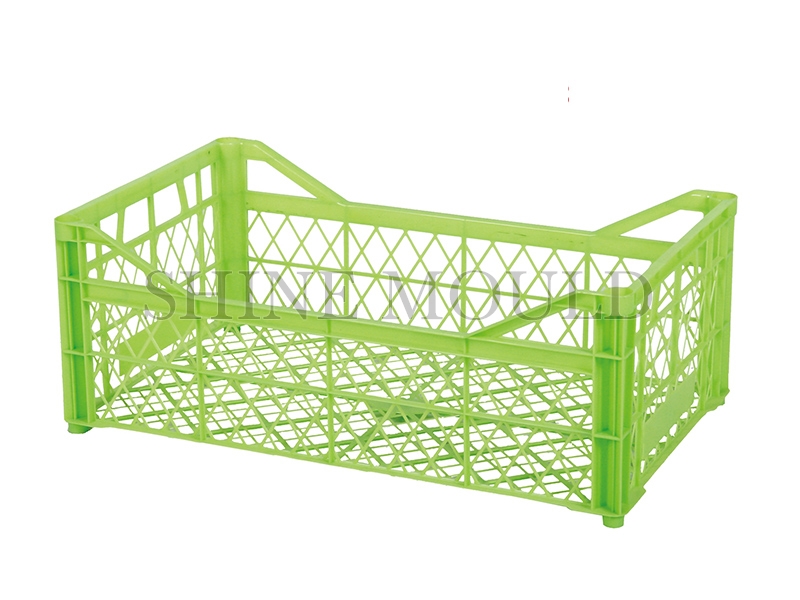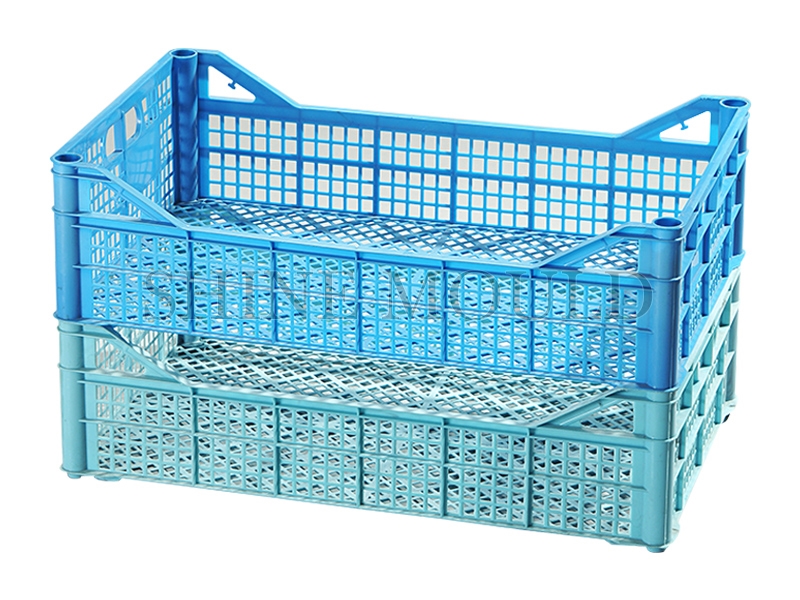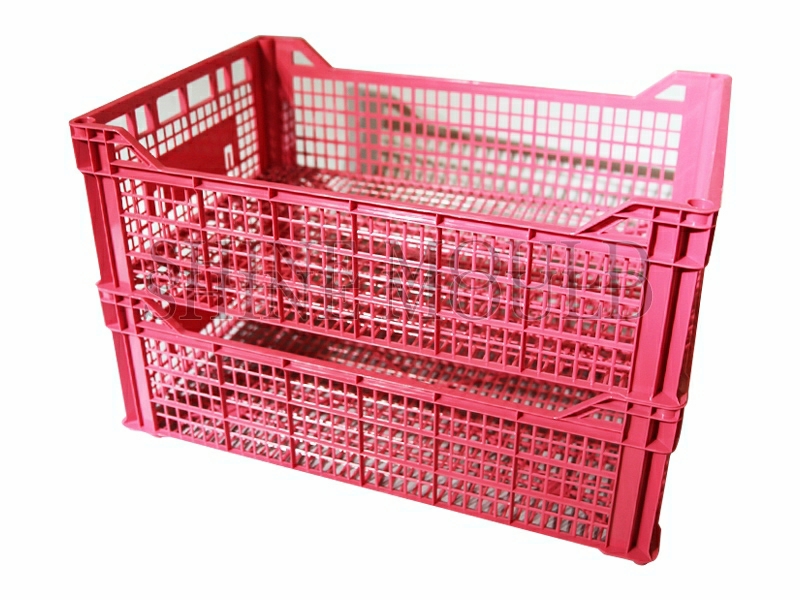Components of the mold
An mold is a tool composed of a series of parts that allows molten plastic to be molded and cooled to form discrete part shapes. The mold halves are connected to the molding press plate through a clamping plate. The mold fixture uses large bolts to hold it in place; other machines use magnets to hold the mold on the pressure plate. The liquefied plastic is pushed into the nozzle of the molding machine barrel. The nozzle seat rests on the mold surface called the sprue bushing and positioning ring to help align the nozzle with the mold.The plastic flows through the sprue bushing in the sprue and then flows to the individual runners that bring the material to the gate-the entry point where the material enters the individual cavities. The sprue and runner can be reground (shredded) and reused. They can be eliminated by using a hot runner system. The cavity is the area of the mold in which the part is formed into the desired shape. The mold must be balanced, so usually only a certain amount of cavitation is allowed. The plastic is heat injected and cooled through cooling channels, allowing conductive cooling of the part. The working fluid is usually water, but oil can also be used in high temperature applications.
Through the use of guide pins (or struts) and guide bushes (or sleeves), the correct alignment of the cavity and core mold halves during mold clamping is ensured. Use a series of pins or rods to push the part out of the core. These series are called ejector systems. The ejector pin is installed on the ejector plate. The forward movement of the ejector plate allows the pin to move forward, pushing the part away from the core. The ejector fixing plate fixes the pins on the ejector plate.




 Search...
Search... English
English






-1.jpg)
